Fascinating facts about Queen Victoria’s life and legacy
Queen Victoria, a name synonymous with an era of profound change, reigned over the United Kingdom for more than six decades. Her rule saw significant industrial, cultural, and political advancements, shaping the world in ways that are still evident today. Known for her strong will and distinct personality, Victoria’s life and legacy continue to captivate historians and enthusiasts alike, as she navigated the complexities of being a female monarch in an evolving world.
The Early Years: Victoria’s Childhood and Ascension to the Throne
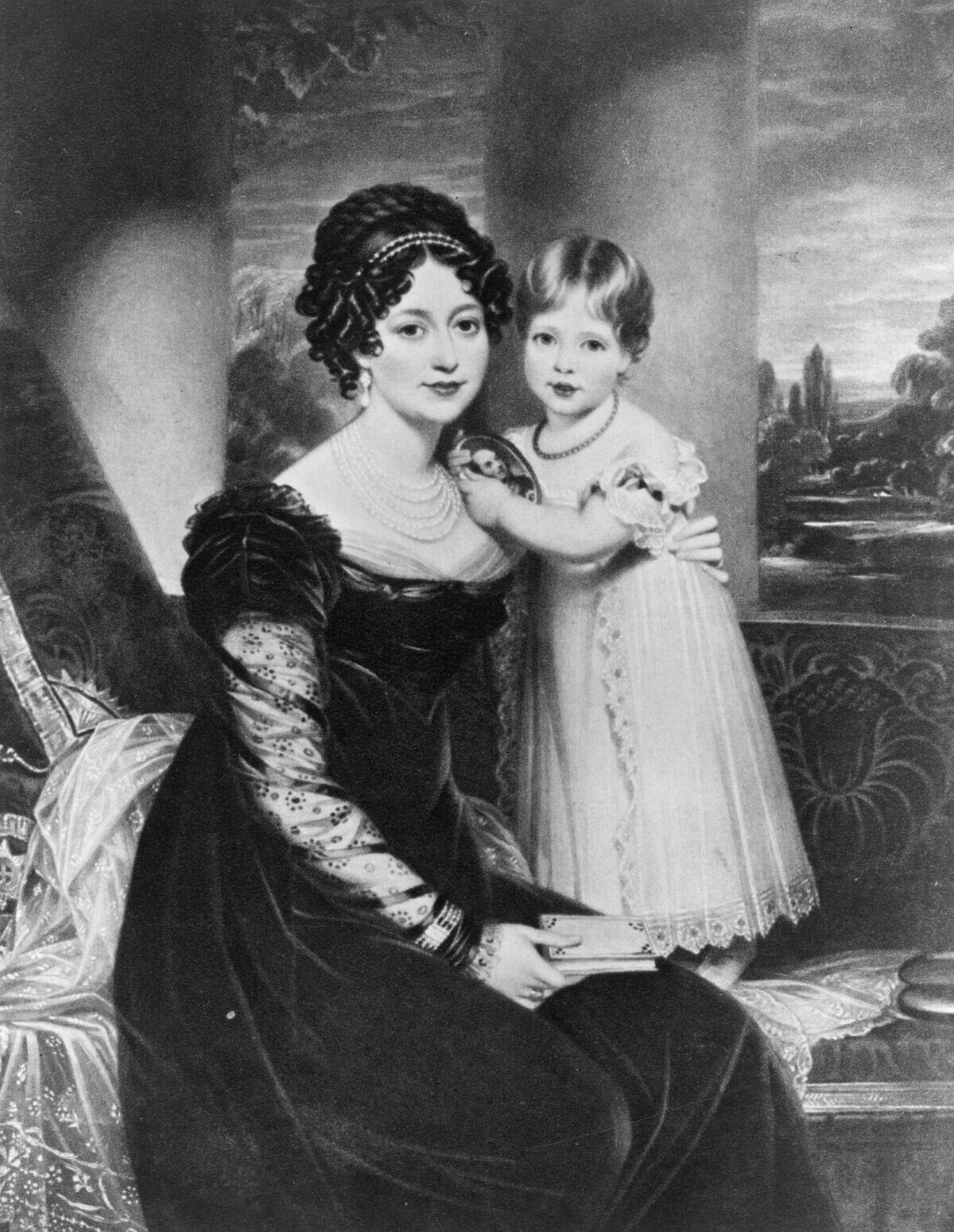
Born in 1819, Victoria was the daughter of Prince Edward, Duke of Kent and Strathearn, and Princess Victoria of Saxe-Coburg-Saalfeld. Her sheltered upbringing was marked by the Kensington System, a strict set of rules devised by her mother and her advisor, Sir John Conroy. On June 20, 1837, Victoria ascended to the throne at just 18 years old, following the death of her uncle, King William IV. Her coronation marked the beginning of a new chapter for the British monarchy.
Meet the Parents: Queen Victoria’s Ancestry
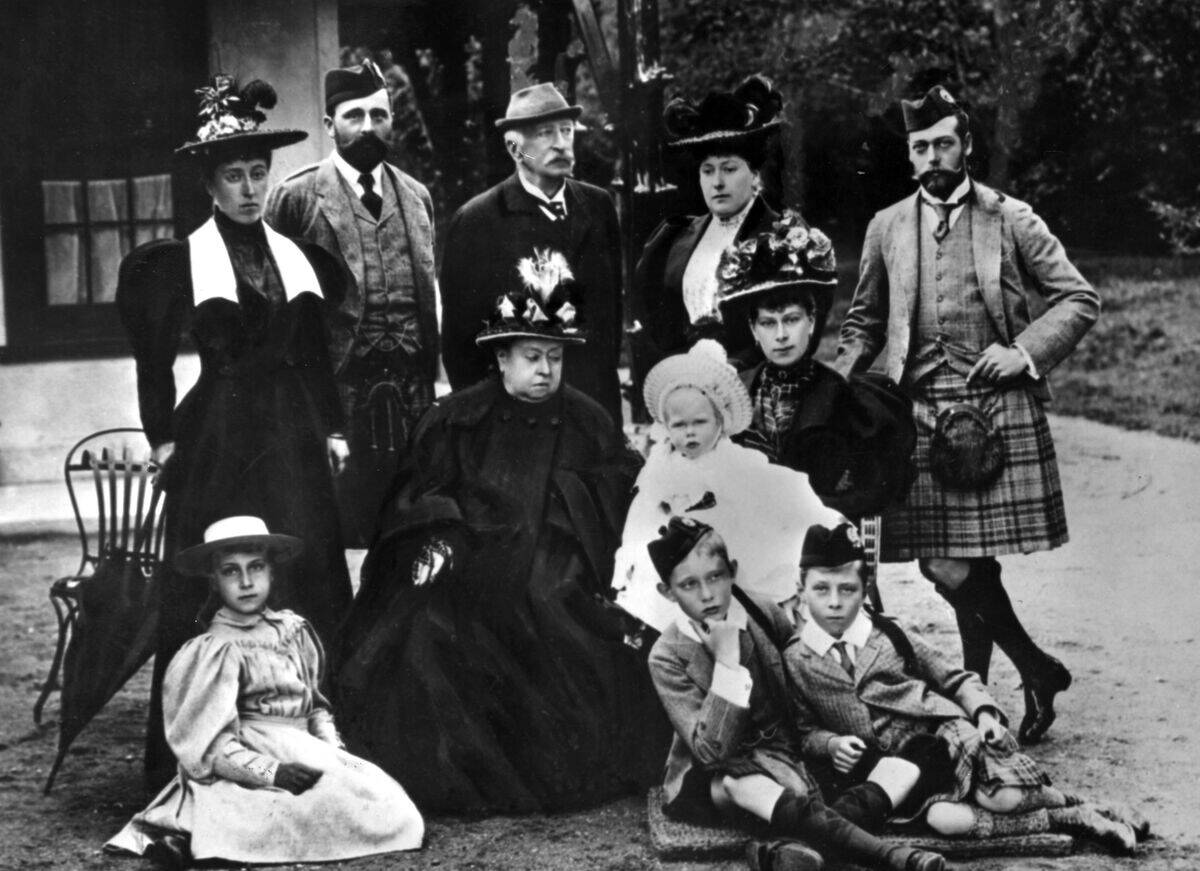
Queen Victoria was a member of the House of Hanover, a royal dynasty with deep roots in Germany. Her father, Prince Edward, was the fourth son of King George III, making her a granddaughter of the famously mad king. Her mother, Princess Victoria, hailed from the House of Wettin, a lineage that connected her to the Saxon duchies. This rich ancestry gave Victoria a diverse cultural heritage, influencing her outlook and decisions as a monarch.
A Royal Love Story: Victoria and Albert’s Marriage
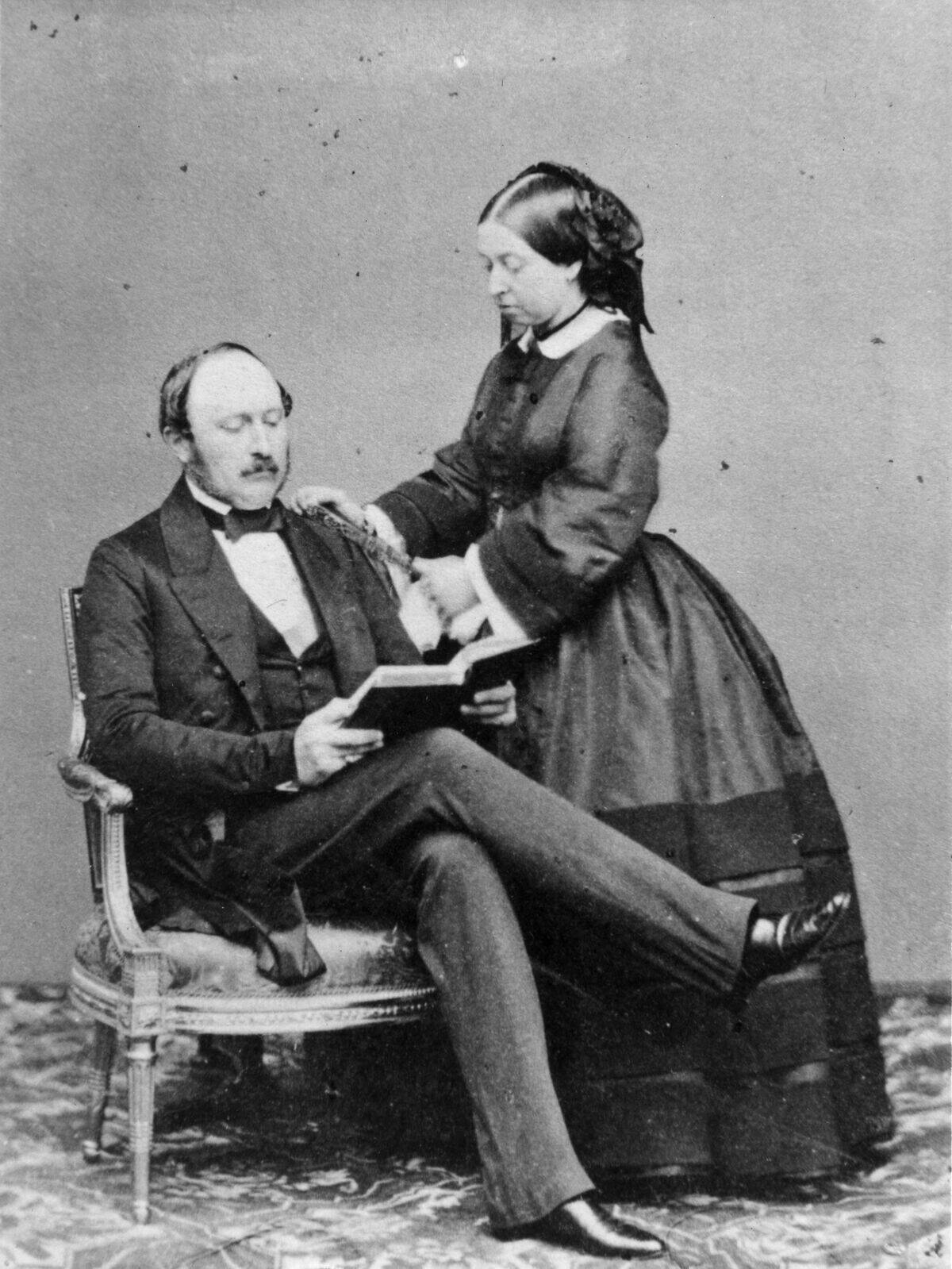
Victoria’s marriage to her cousin, Prince Albert of Saxe-Coburg and Gotha, was more than a union of convenience; it was a genuine love match. The couple married on February 10, 1840, and their partnership was marked by mutual respect and shared interests. Albert was a significant influence on Victoria, encouraging her involvement in social issues and the arts. Together, they became a symbol of domestic bliss, setting a standard for modern royal marriages.
The Many Children of Queen Victoria: A Royal Family Tree
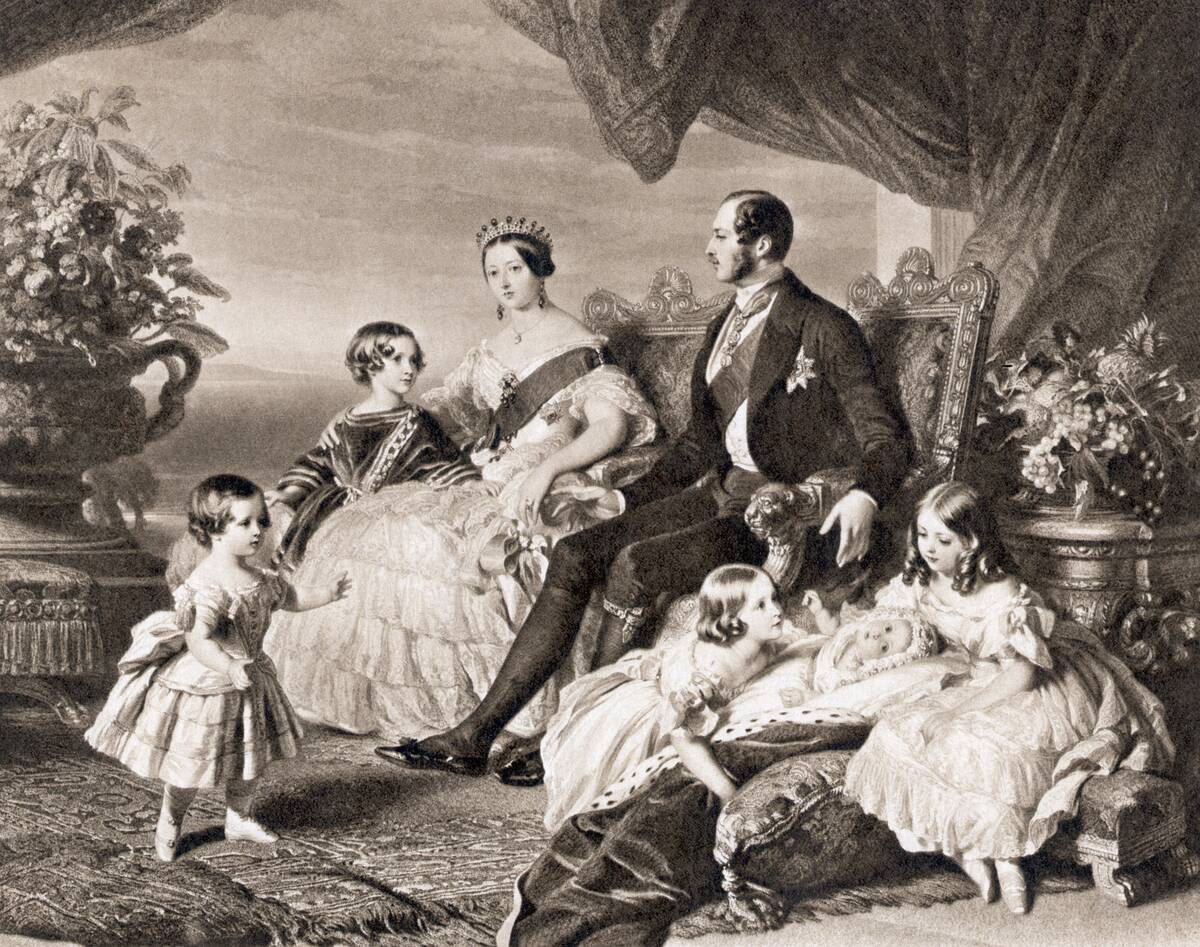
Queen Victoria and Prince Albert had nine children, who grew up to marry into various European royal families, earning Victoria the nickname ‘Grandmother of Europe.’ Their offspring included Edward VII, who succeeded Victoria, and Princess Victoria, who married the German Emperor Frederick III. This extensive family network not only solidified alliances across the continent but also played a crucial role in European politics, with descendants found in almost every royal house.
The Victorian Era: Defining an Age
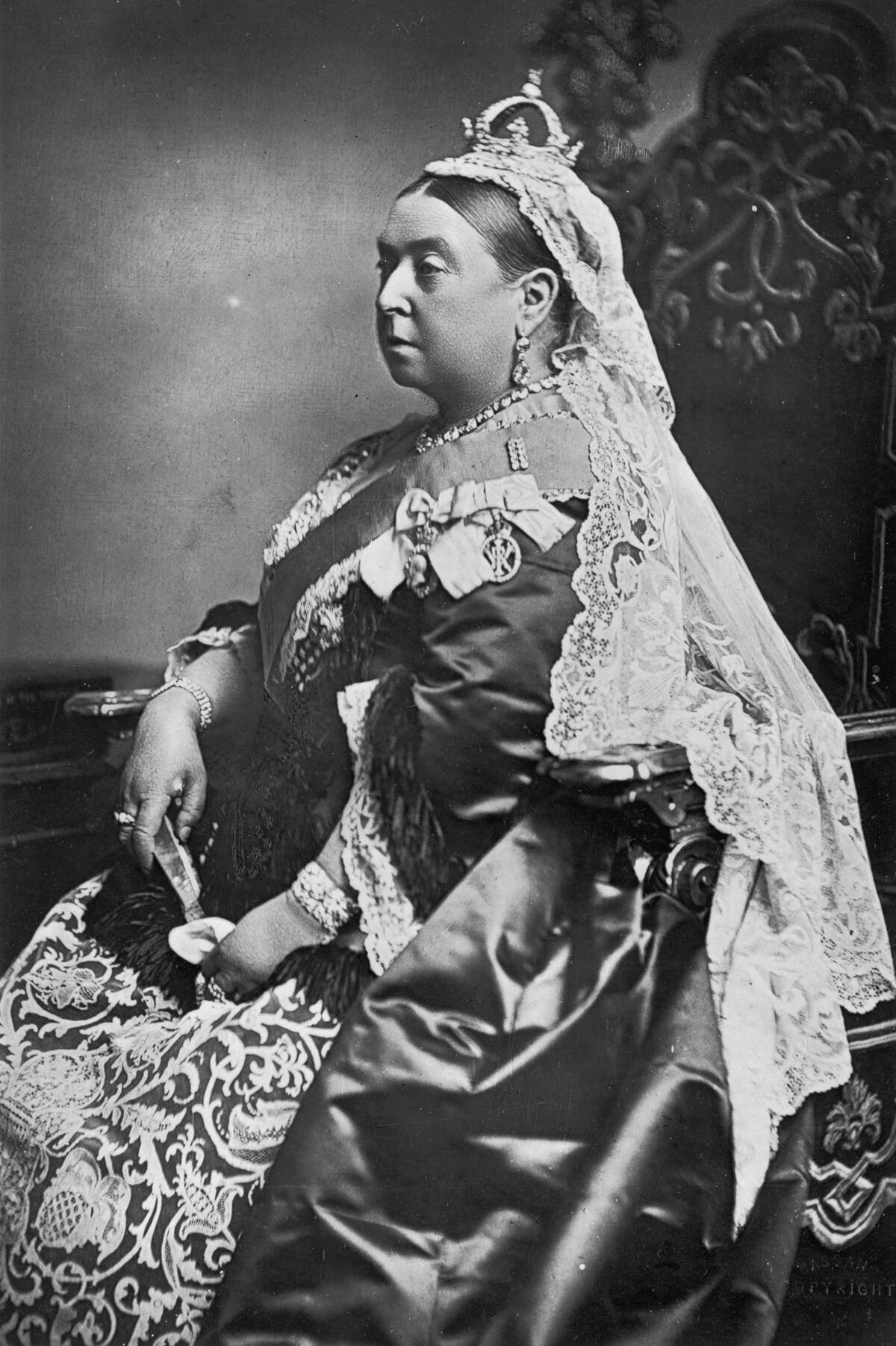
The Victorian Era, named after Queen Victoria, spanned from 1837 to 1901 and was characterized by significant advancements in science, industry, and culture. It was a time of rapid change, with the Industrial Revolution transforming the economy and society. This period also saw the expansion of the British Empire, as well as social reforms that addressed issues like child labor and poor working conditions. The era left an indelible mark on history, shaping the modern world.
Queen Victoria’s Influence on Fashion and Culture
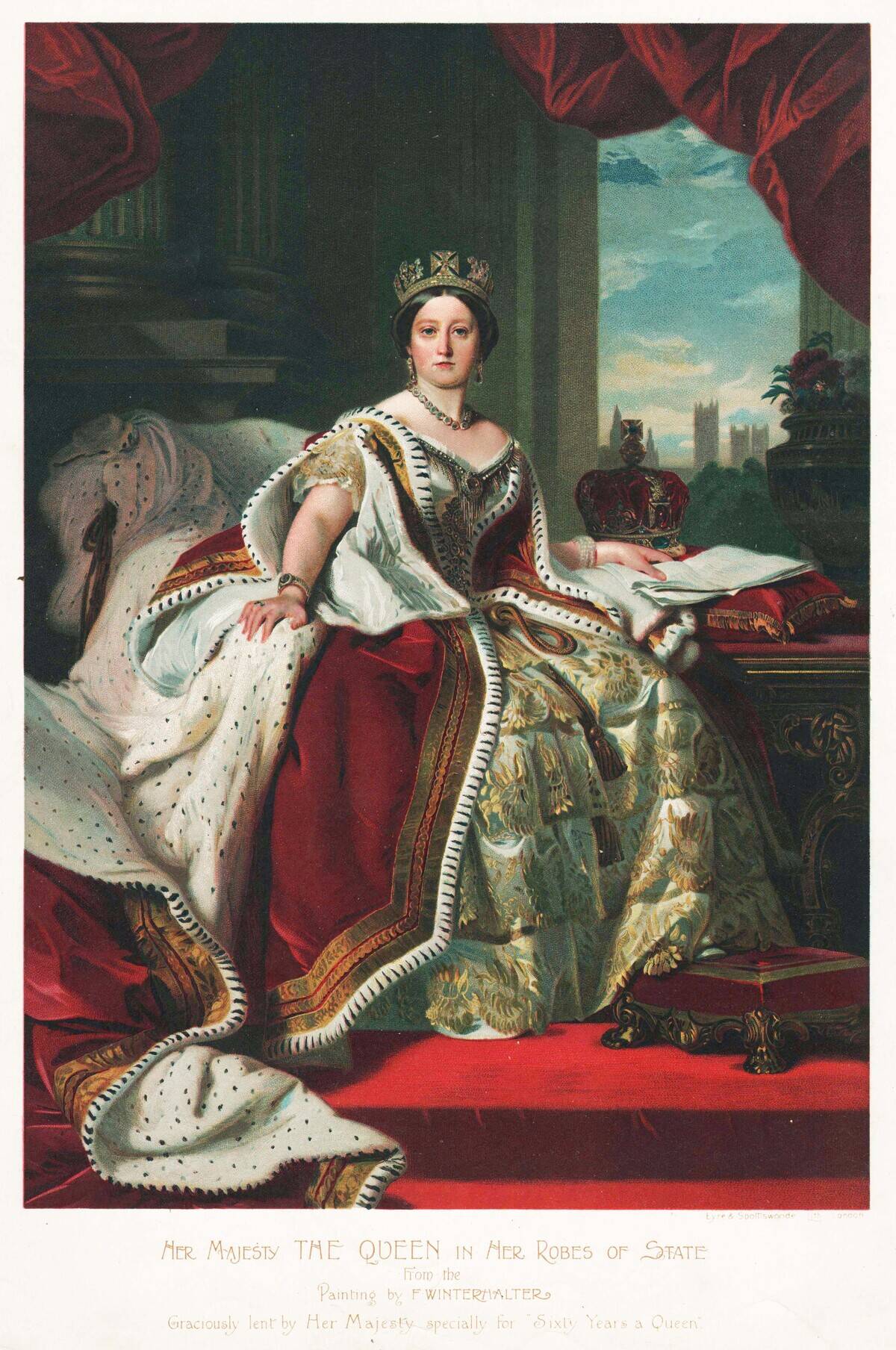
Queen Victoria’s personal style had a profound impact on fashion trends of the time. Her preference for white wedding dresses popularized the tradition, and her mourning attire after Albert’s death set a precedent for the somber, black ensembles associated with widowhood. Beyond fashion, Victoria’s reign influenced cultural norms, promoting values such as modesty and propriety. Her patronage of the arts and support for cultural institutions helped foster a flourishing of creativity during her time.
The Queen’s Passion for Art and Literature

Victoria was an avid supporter of the arts, often commissioning works and attending exhibitions. She admired the Pre-Raphaelite Brotherhood, a group of artists known for their vibrant and detailed paintings. The queen also had a keen interest in literature, enjoying works by authors like Charles Dickens and the Brontë sisters. Her personal diaries, filled with her own reflections and observations, reveal a deep appreciation for storytelling and the written word.
Victoria’s Role in the Expansion of the British Empire
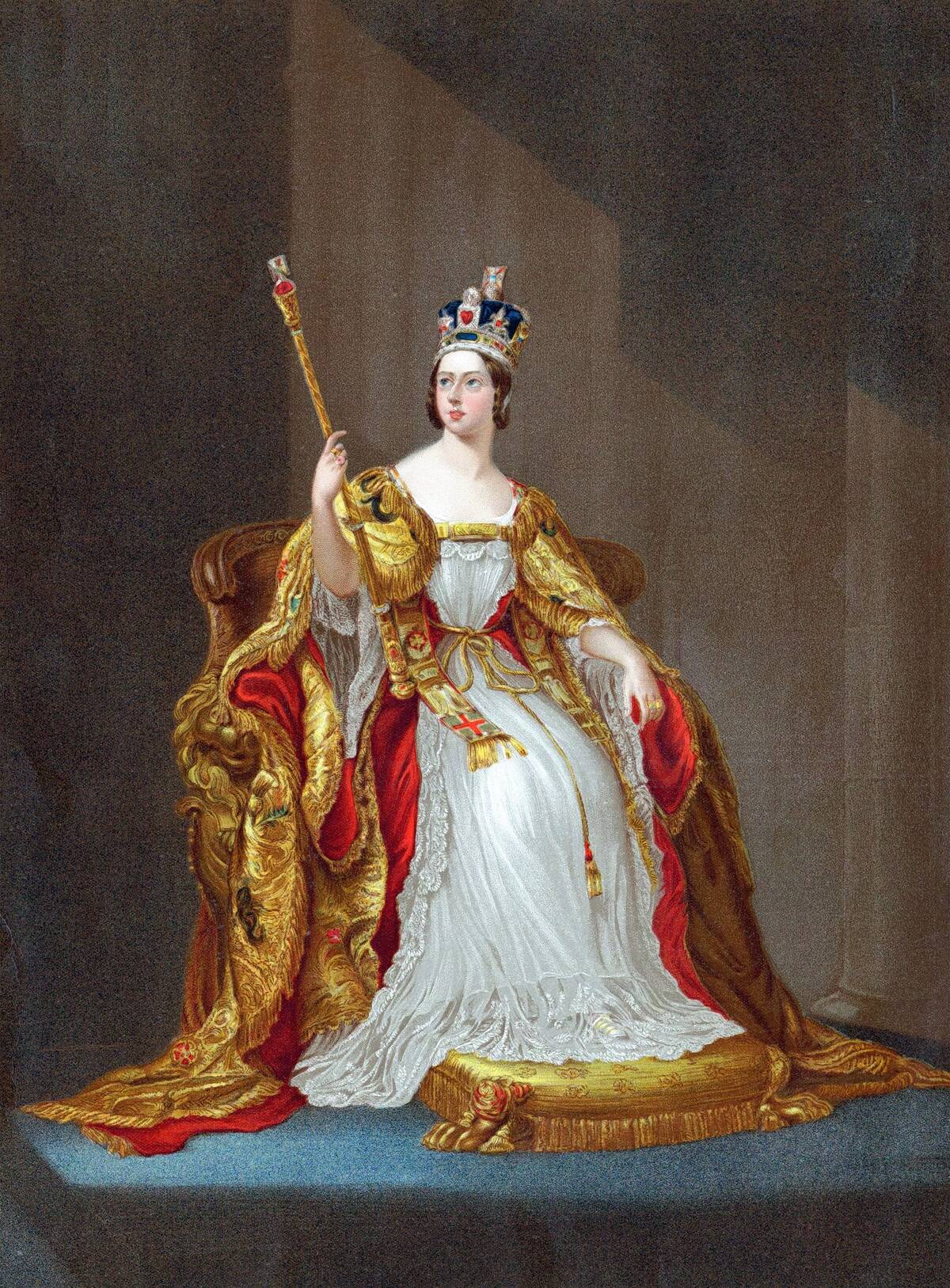
Under Queen Victoria’s rule, the British Empire expanded to its zenith, becoming the largest empire in history. Her reign saw the addition of territories such as India, which became the ‘jewel in the crown’ of the empire. Victoria was proclaimed Empress of India in 1876, symbolizing Britain’s global dominance. This expansion was driven by economic interests and the belief in the civilizing mission, a concept that justified colonization efforts but also brought about significant cultural exchanges.
Breaking Traditions: Victoria’s Modern Approach to Monarchy
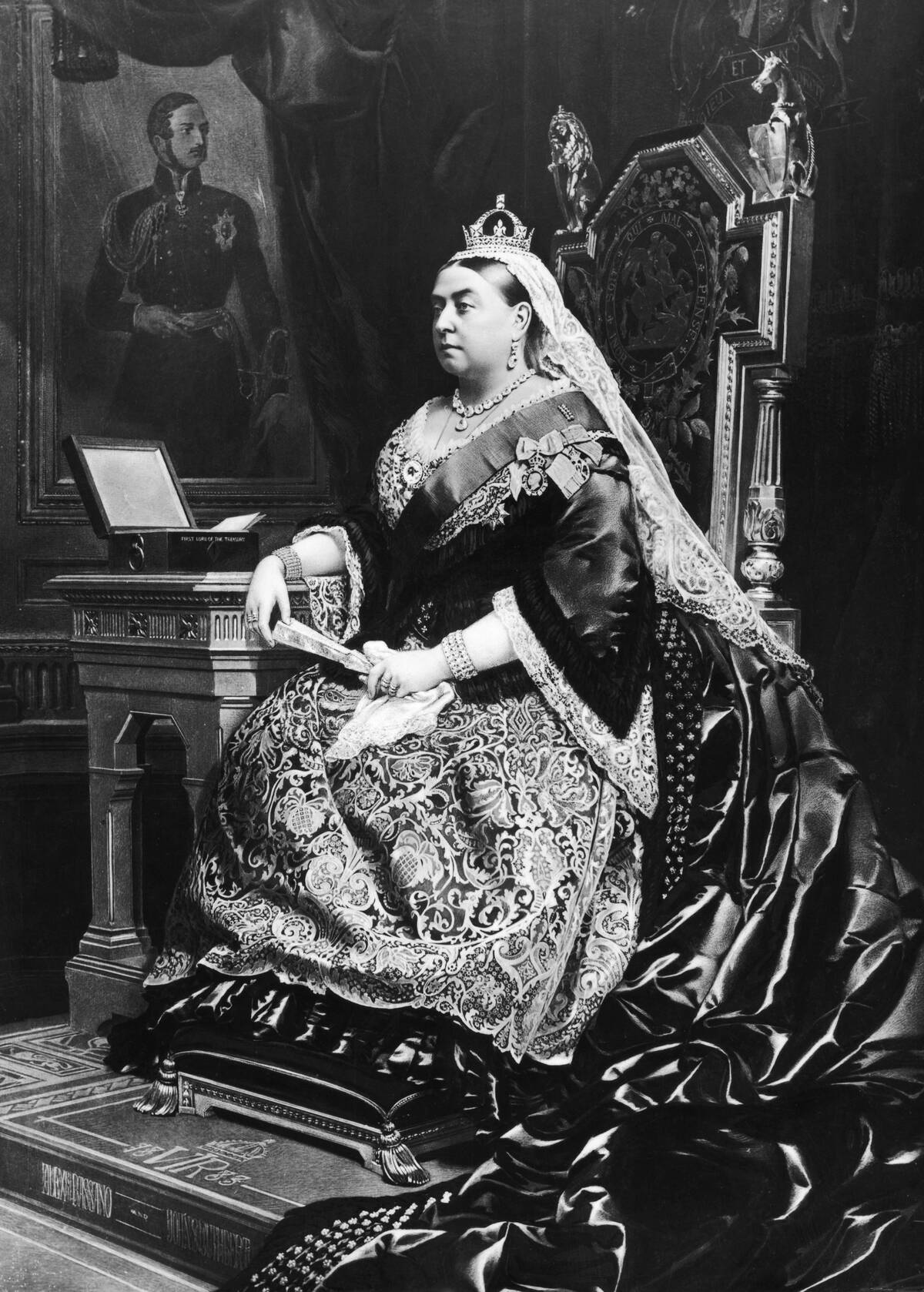
Queen Victoria was known for her modern approach to monarchy, balancing tradition with change. She was the first monarch to use the media to shape public perception, often appearing in photographs with her family to project an image of domestic harmony. Victoria also embraced technological advancements, such as the telegraph, which helped her maintain communication across the vast empire. Her willingness to adapt and modernize the monarchy ensured its relevance in a rapidly changing world.
Queen Victoria’s Personal Interests and Hobbies
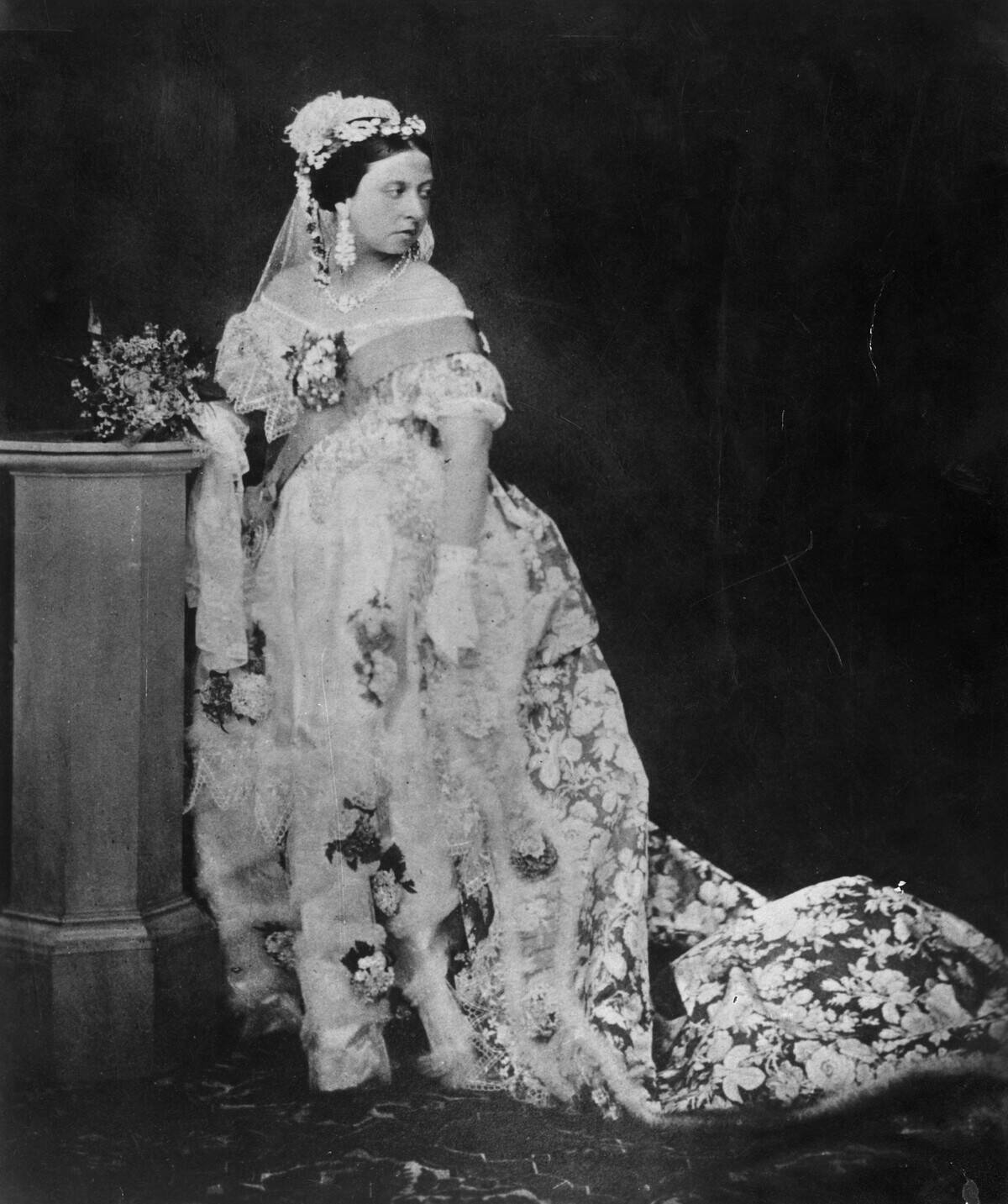
In her personal life, Queen Victoria had a variety of interests and hobbies that brought her joy. She was an enthusiastic sketcher, often capturing scenes from her travels and domestic life. Victoria also had a passion for Scottish culture, spending time at Balmoral Castle and immersing herself in the local traditions. Additionally, she enjoyed opera and theater, frequently attending performances and supporting the arts. These pursuits provided a respite from her royal duties and showcased her multifaceted personality.
The Longest-Reigning Monarch: Victoria’s Record-Breaking Reign
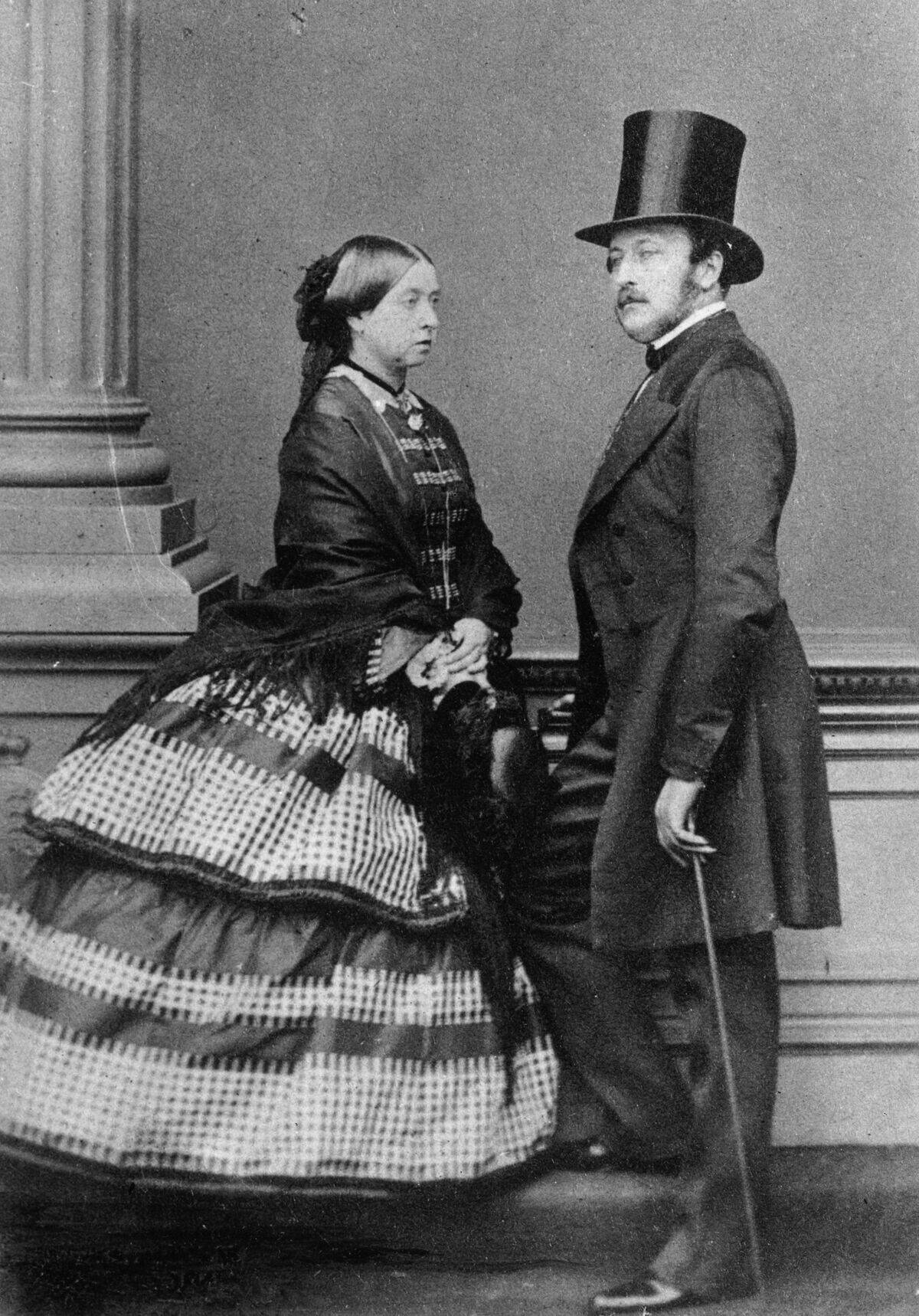
Queen Victoria held the record as the longest-reigning British monarch until she was surpassed by Queen Elizabeth II in 2015. Her reign lasted 63 years and 216 days, a testament to her enduring influence and adaptability. During this time, she witnessed and participated in a period of unprecedented change, guiding the monarchy through the challenges of the 19th century. Her longevity on the throne earned her a place in history as a symbol of stability and continuity.
The Queen’s Impact on Social Reforms
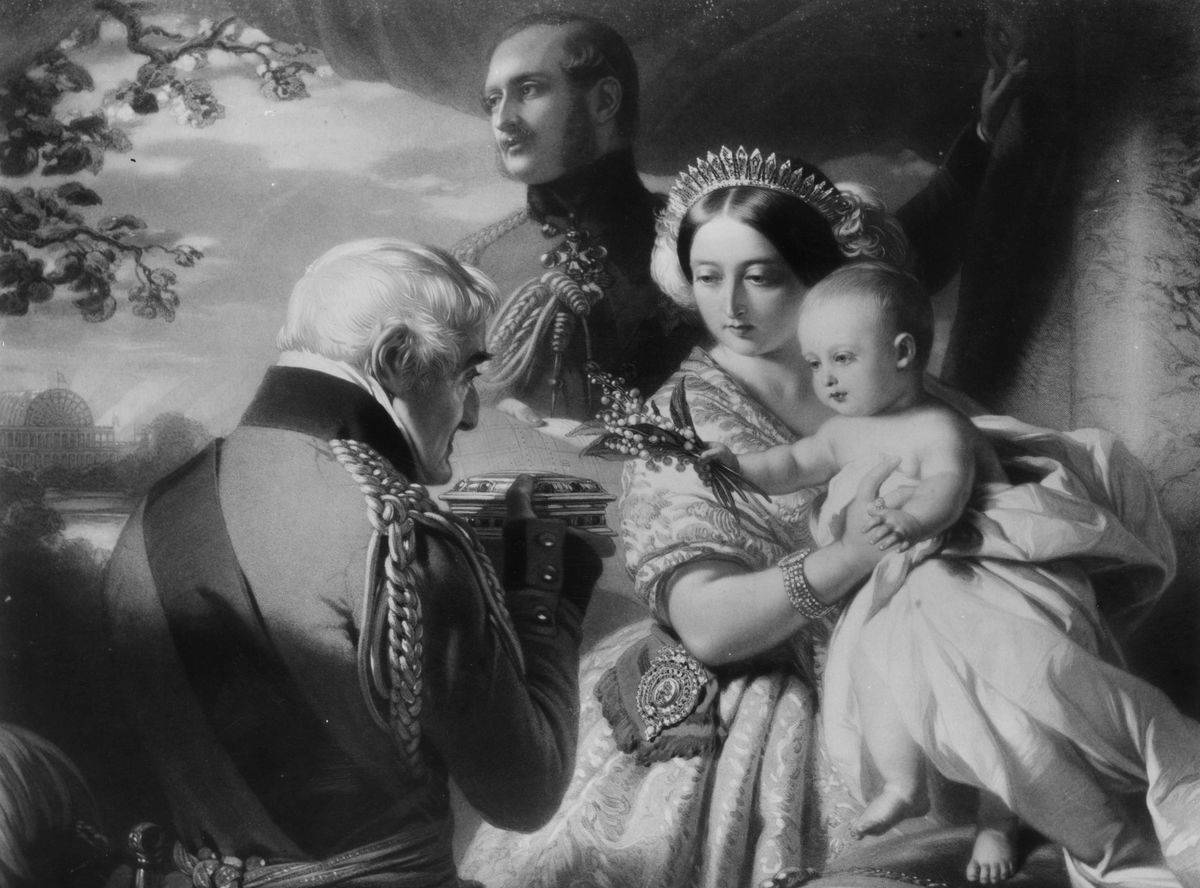
Although Queen Victoria was not known for being a political reformer, her reign coincided with significant social changes. The Victorian era saw the passage of various reform acts that improved conditions for workers and expanded voting rights. Victoria supported some of these changes, such as the abolition of slavery and the improvement of educational opportunities. Her reign provided a backdrop for these transformations, as society grappled with the challenges of modernization and sought to improve the lives of its citizens.
Queen Victoria’s Relationship with Prime Ministers
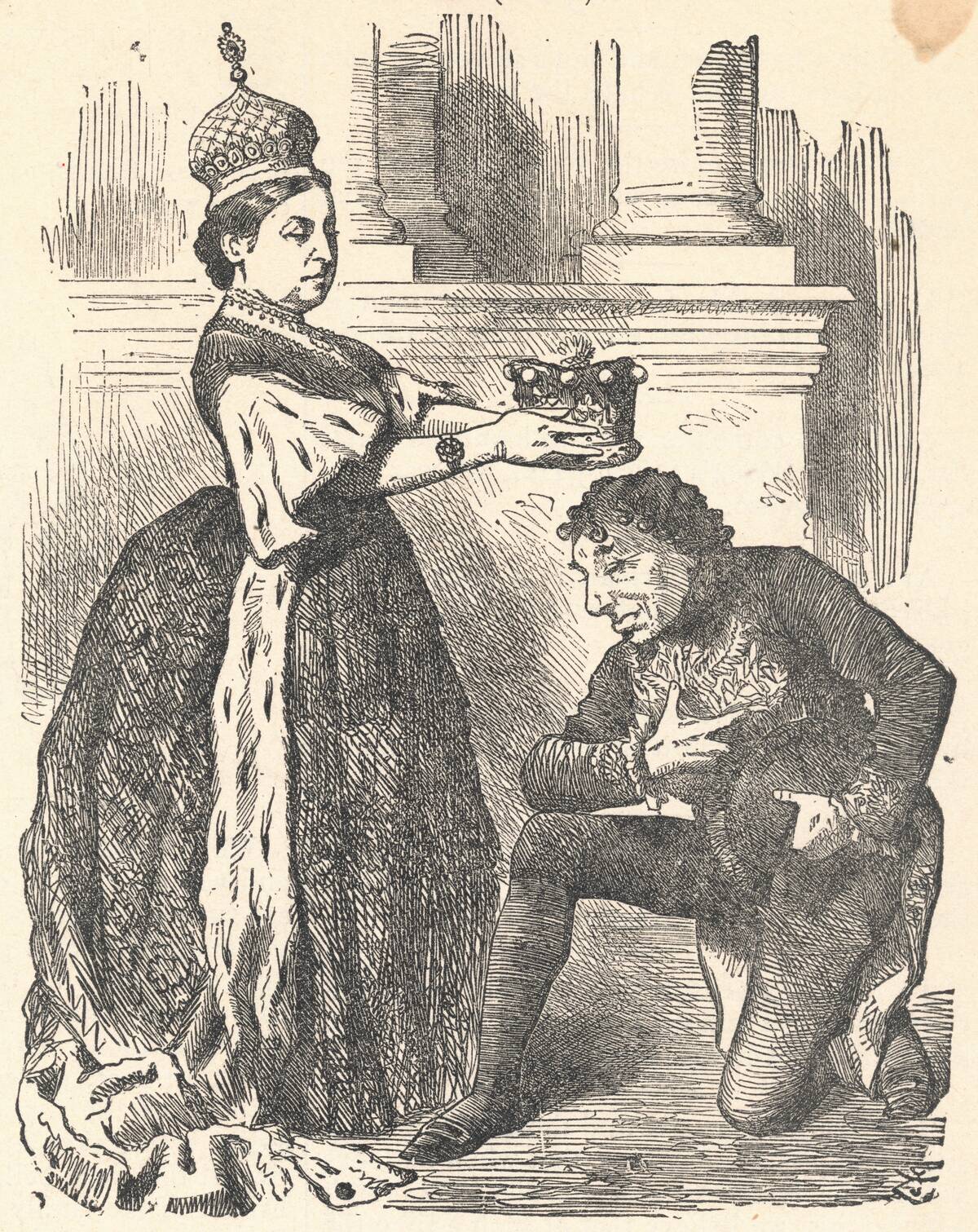
Throughout her reign, Queen Victoria worked with numerous prime ministers, including notable figures such as Lord Melbourne and Benjamin Disraeli. Her relationship with Disraeli was particularly warm, as he flattered her and valued her opinions, referring to her as ‘the Fairy Queen.’ In contrast, her relationship with William Gladstone was more strained, often marked by disagreements. These interactions shaped the political landscape of the time and underscored the queen’s influence in governmental affairs.
The Widow of Windsor: Life After Prince Albert’s Death
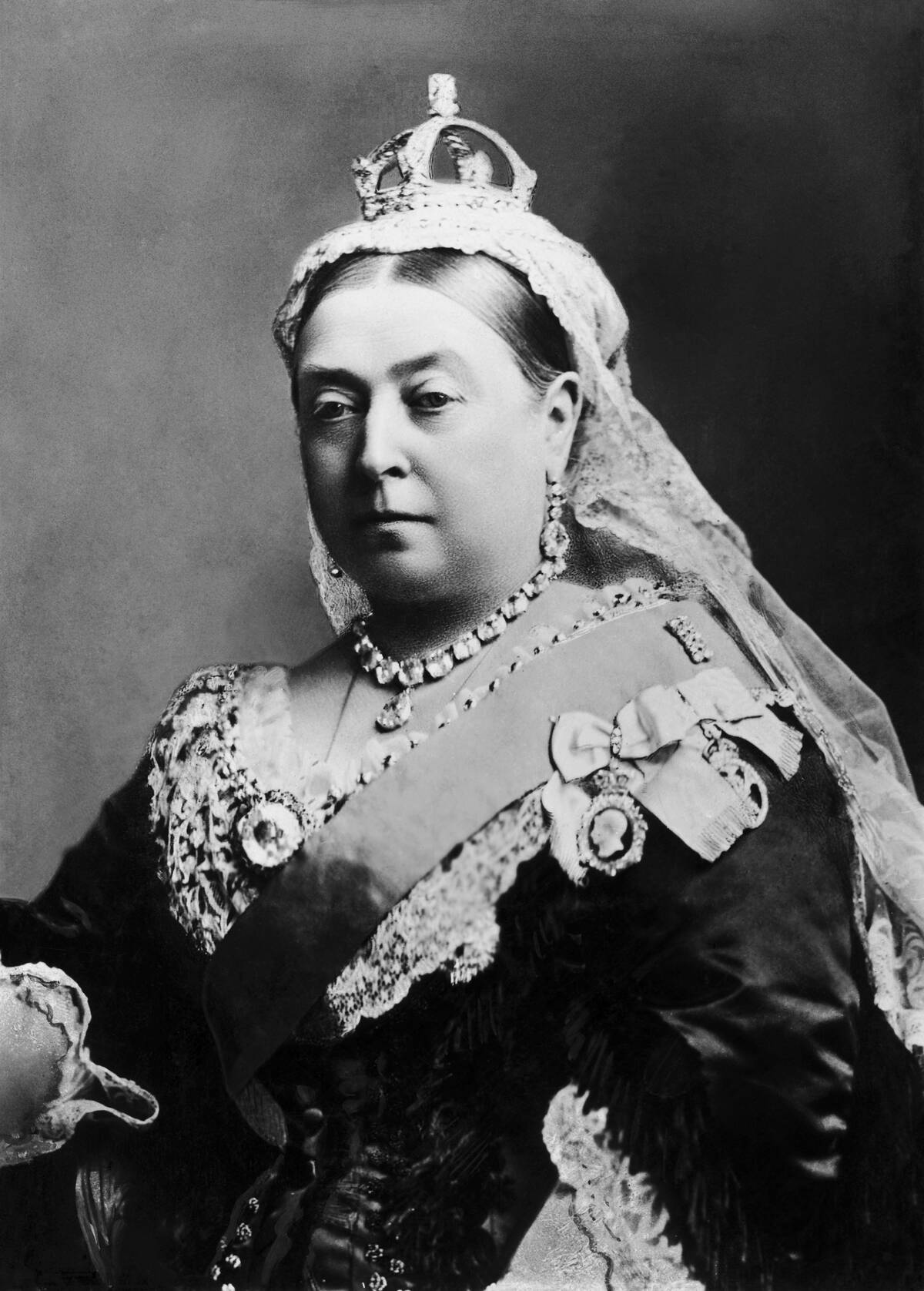
The death of Prince Albert in 1861 profoundly affected Queen Victoria, leading to a prolonged period of mourning. She withdrew from public life, earning the nickname ‘The Widow of Windsor,’ and wore black for the remainder of her life. Despite her grief, Victoria continued to fulfill her royal duties, albeit from a more secluded position. Her mourning attire and reclusive nature became emblematic of her personal sorrow, yet she remained a figure of strength and resilience for the nation.
Victoria in Popular Culture: From Statues to Cinema

Queen Victoria’s legacy endures in popular culture, with her image and story appearing in various forms of media. Numerous statues and memorials commemorate her reign, including the iconic Victoria Memorial outside Buckingham Palace. In cinema, films like ‘The Young Victoria’ and ‘Victoria & Abdul’ explore different aspects of her life, bringing her story to new generations. This continued fascination with Victoria highlights her lasting impact on history and her enduring appeal as a historical figure.
The End of an Era: Queen Victoria’s Passing and Legacy
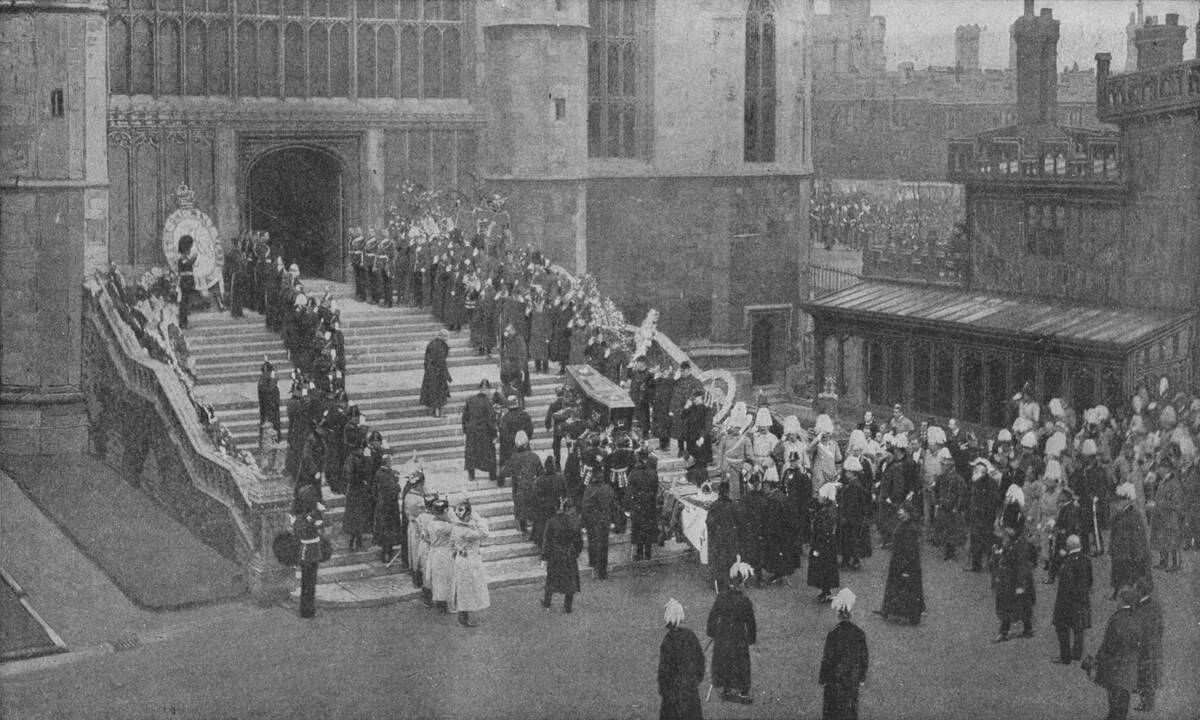
Queen Victoria passed away on January 22, 1901, at the age of 81, marking the end of an era. Her death signaled the close of the Victorian Age and the beginning of a new century. Victoria’s legacy is vast, encompassing her influence on politics, culture, and the monarchy itself. Her reign set the stage for future generations, leaving behind a changed Britain and an indelible mark on the world. Her impact is still felt today, as the values and advancements of her time continue to resonate.



